Indian Summer was officially over. Snow was in the forecast and 3 to 5 inches were expected in the Philadelphia area with game time temperatures hovering around 30 degrees. The 118th meeting of Army vs Navy @ Lincoln Financial Field would be vastly different this year.
Inclement weather has never been an issue for me. I’ve been a skier since the age of two and have developed my own rules of engagement with mother nature. On top of the list, “There’s no such thing as bad weather, only inappropriate clothing.” Okay, a little trite, but true for the most part. The North East has four distinct seasons and this includes winter. It’s a great time of year. Bundle up and wear good quality clothing.
Staying warm & dry is imperative to capturing a few good frames. It’s hard to focus on imagery, when you’re too busy dealing with the elements.
That being said, I’m not sure electronic devices share my enthusiasm… Most camera bodies seem to be labeled as water sealed, weatherproof, or water resistant these days. I’ve never been exactly sure what this means or how far I should push my luck. Safe to say, I don’t want to find out! Let’s just say, they are not waterproof. Protect your valuable assets by any means possible.
For as long as I can remember, I’ve enjoyed sports. Everything from baseball to skiing was on the calendar. If I wasn’t actively participating, I was photographing the action from the sidelines. It all started with a Nikon FM and has since transitioned to Canon, Sony, iPhone 7 Plus and more recently a Holga plastic camera ($39) to get back to basics! You might say, I’m camera agnostic these days and simply use whatever works for the given situation.
I believe sports photography has two layers… action & art. On the surface, you’re looking to capture a moment in time to tell a story. Ideally, it’s the key play of a game or a pivotal moment. Many photographers will be bumping elbows at center court of a tennis match and thus have the same perspective as one another. Similar images often result with split nano second differences due to motor drive speeds.
The photojournalist will usually freeze the moment with a high shutter speed. When working in a news capacity, this is often expected. They’re capturing the essence of the game and that particular moment. It makes for good print (or internet use).
However, the photographer’s artistic interpretation is often what separates imagery. The creative goggles come out and new ideas enter the frame. A big picture approach or ‘Scene Setter’ image as it’s often called, is one such example. Step away from the action and capture a fan’s perspective. Change the typical presentation and allow your personal interpretation to shine. This may include a different angle. Or, perhaps a panned image. You get the idea; put your own signature or spin on the scene in front of you. Life is too short to look at repetitive sports photos!
Personally, the images I consider to be classics often have strong graphical elements in the composition. As subtle as they may be, everything from color, lines, texture, patterns, shadows & shapes add tremendous value and keep the viewer engaged. The more elements, the better!
I’ll admit, it can sometimes be hard to control graphical elements at a sporting event. You’re working within the confines of the venue and you have to take what you’re dealt. However, be observant. Take notice of backgrounds. Clean with no distractions is ideal. Look for the quality & direction of the light. Is it overhead or creating long shadows?
Also, you may wish to avoid the spray & prey approach when it comes to capturing the action. We’ve all been here. Slow things down. A few quality frames are better than 1,000 average images. The digital era allows us to easily delete unwanted images at no expense. But, it’s time consuming. Be selective and fire away accordingly.
Special thanks to Scott Kelby and Brad Moore for allowing me to guest blog this week. It’s quite an honor and I’m truly grateful for the opportunity. Cheers!
You can see more of Mark’s work at www.MarkACarruthers.com, and follow him on Facebook, Instagram and Twitter.




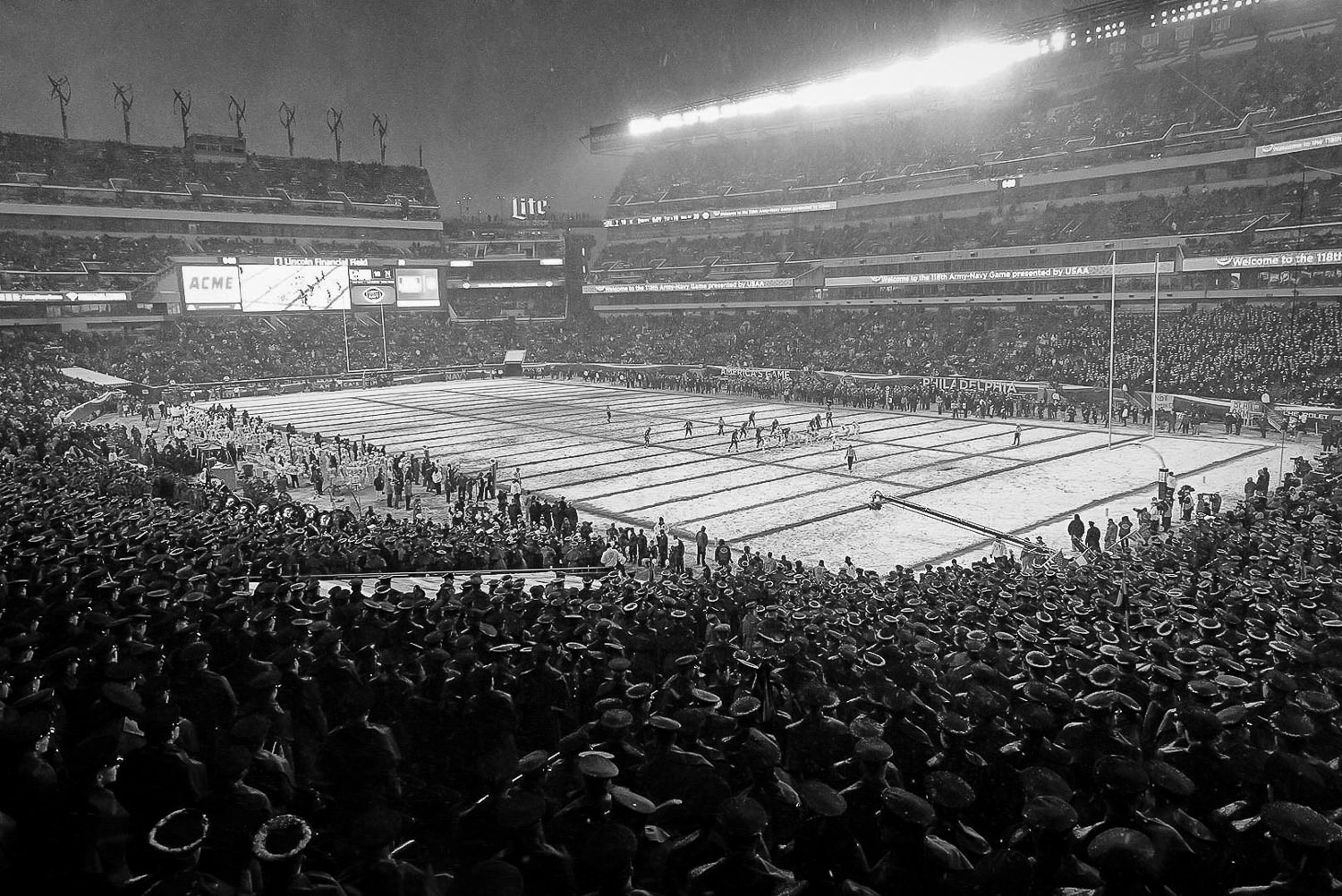
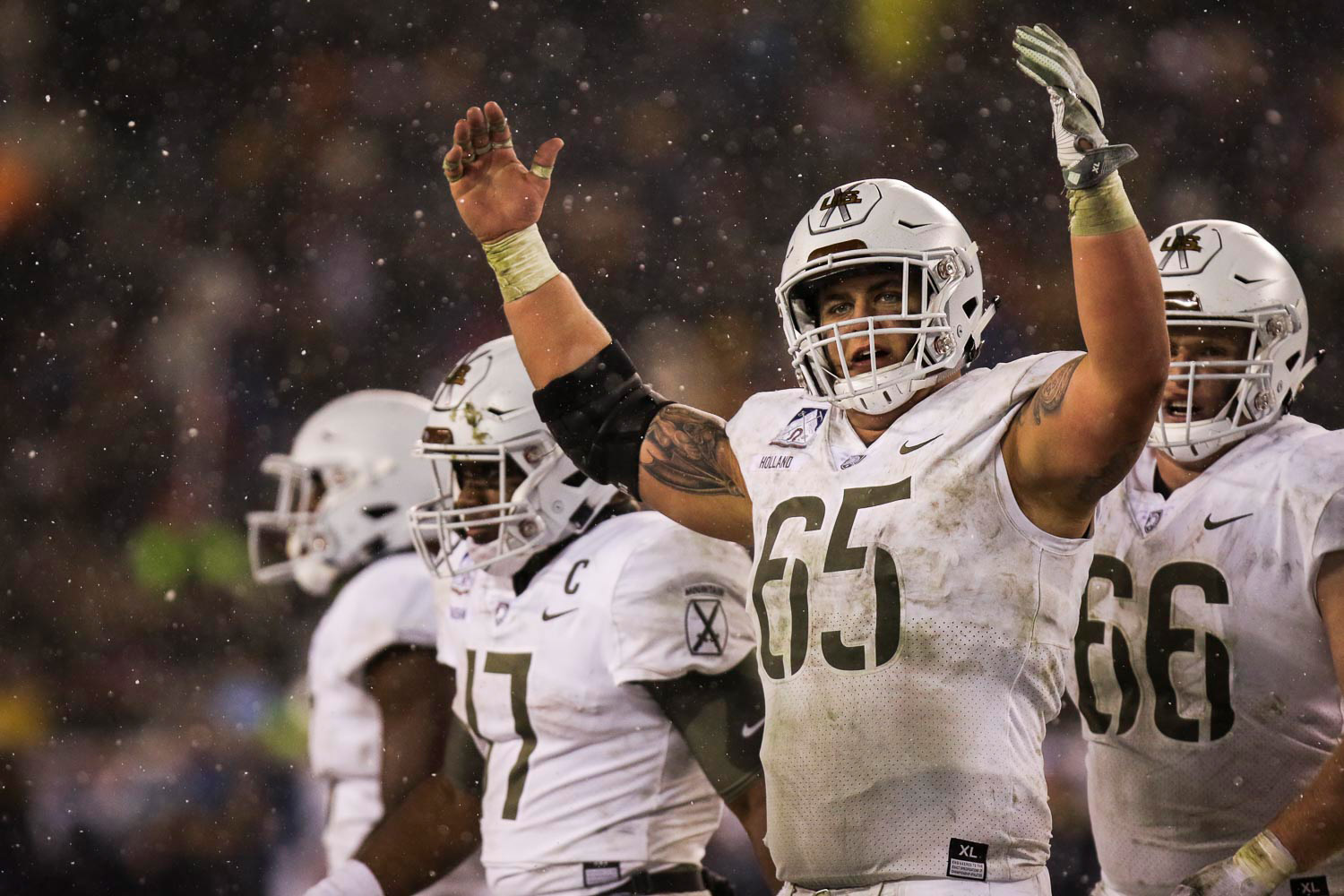


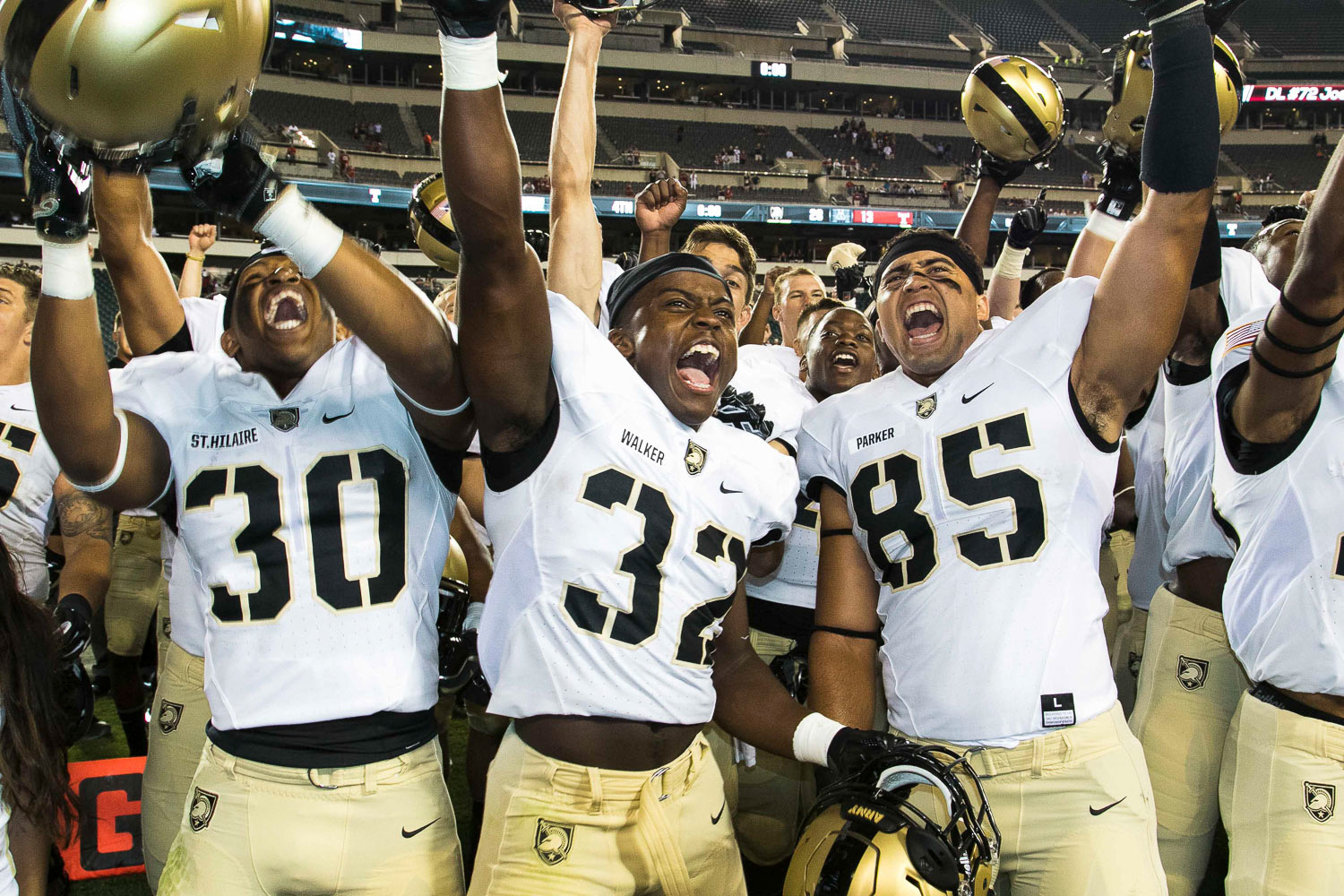
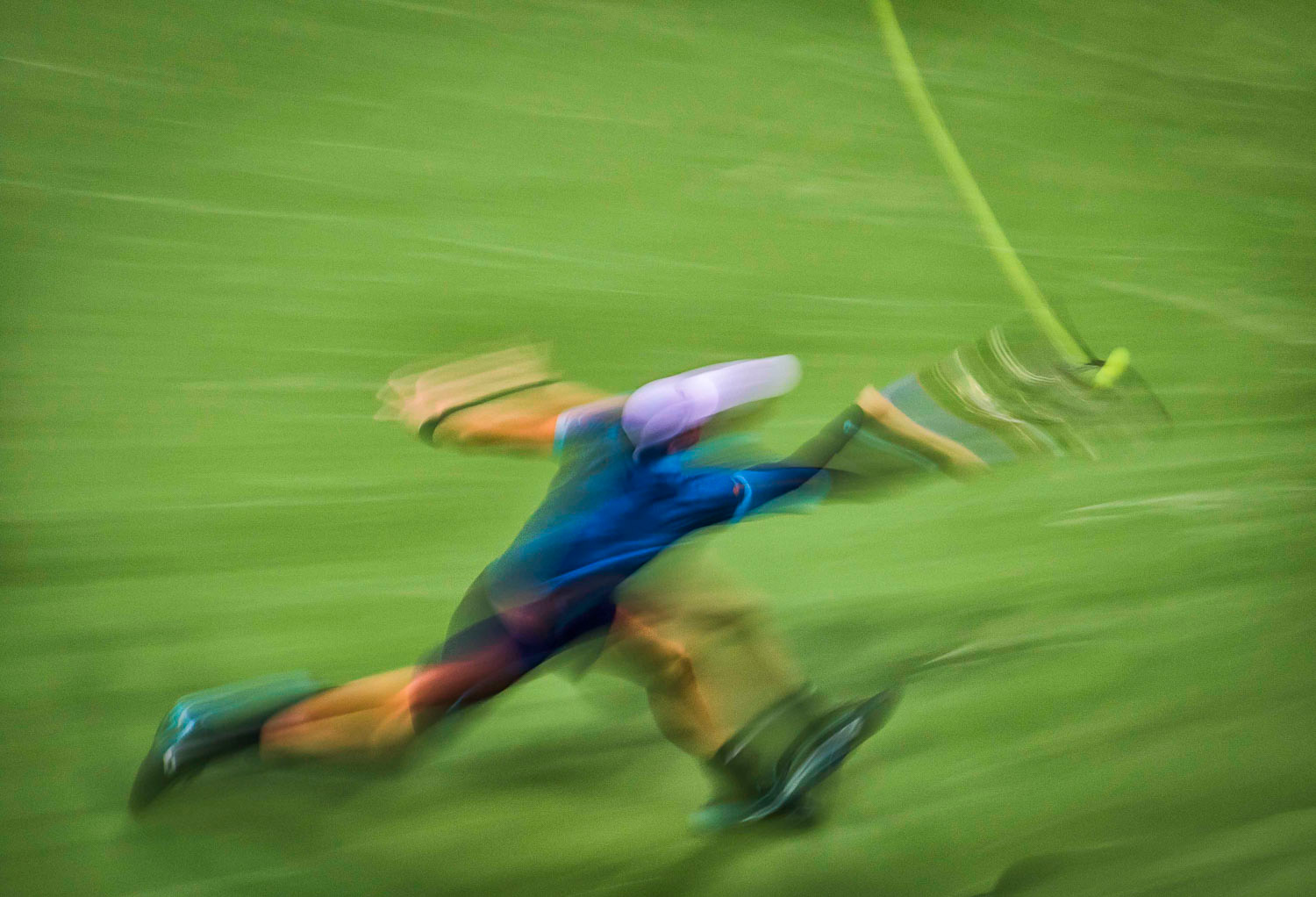

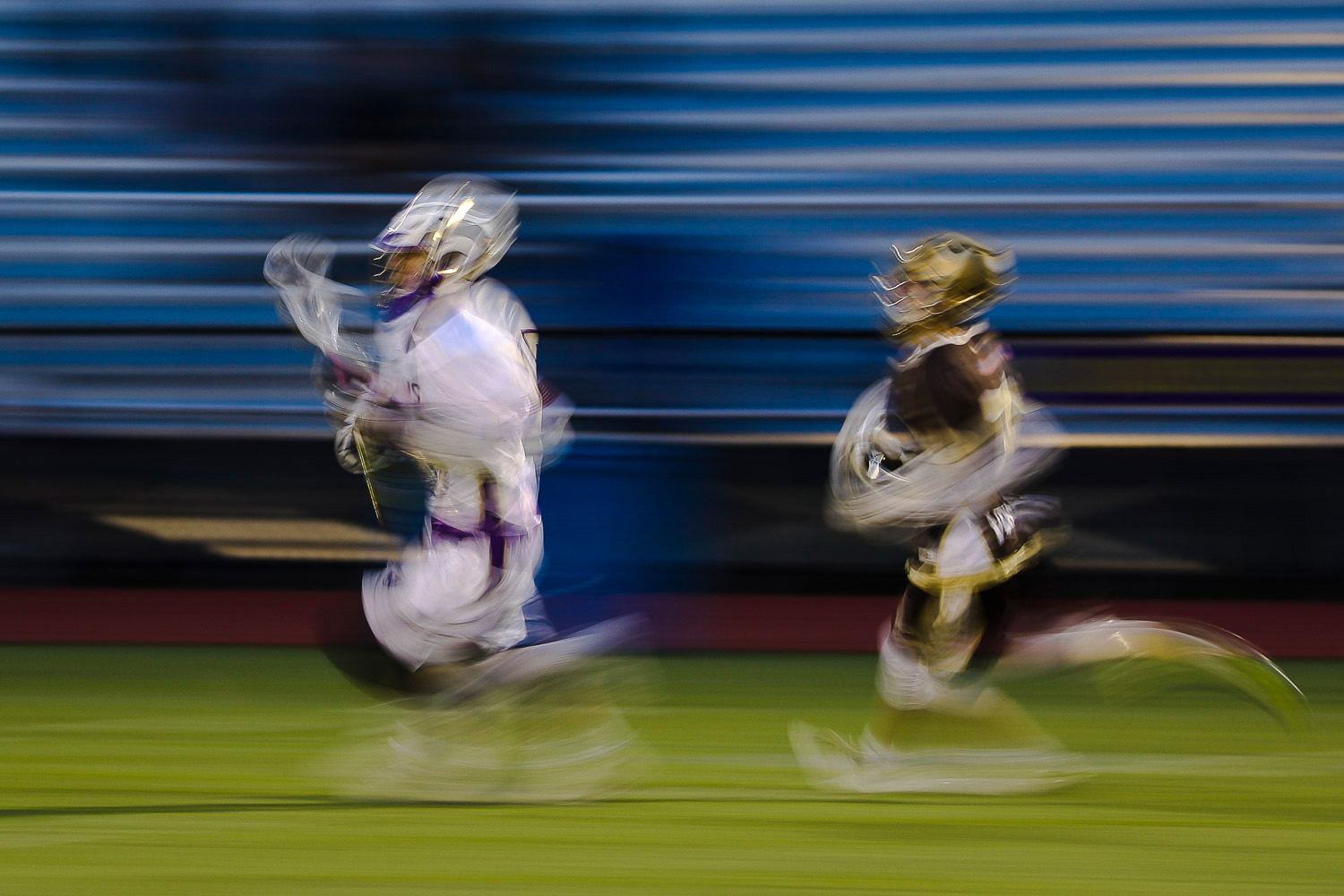

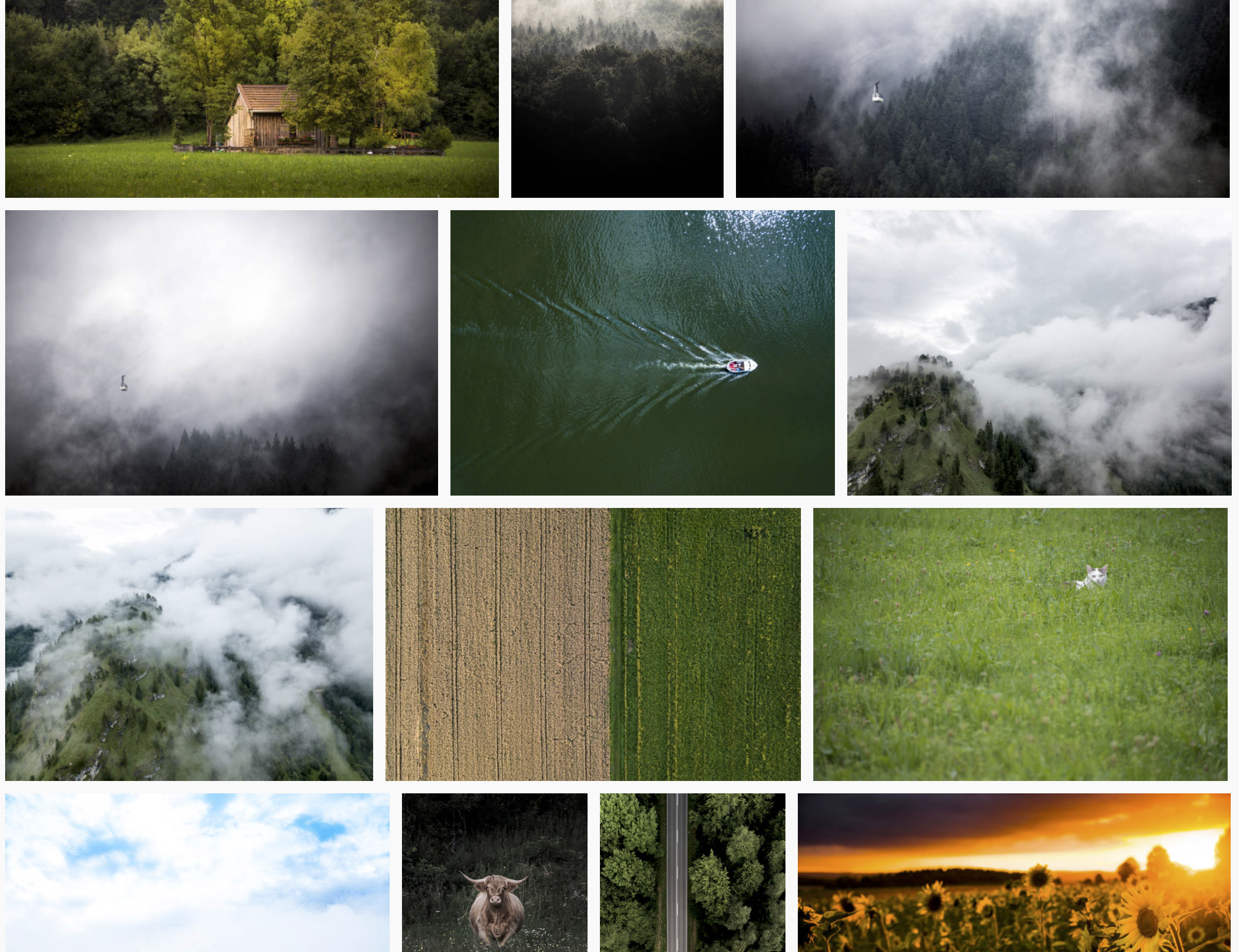

Beautiful shot of the rower. You’re 100% correct, backgrounds make or break sports images
Thanks Johan… and I couldn’t agree more!
Hi, Scott, this is the identical post to which was published in December 2004,isn’t it ?
https://scottkelby.com/guest-blog-wednesday-featuring-mark-carruthers-2/